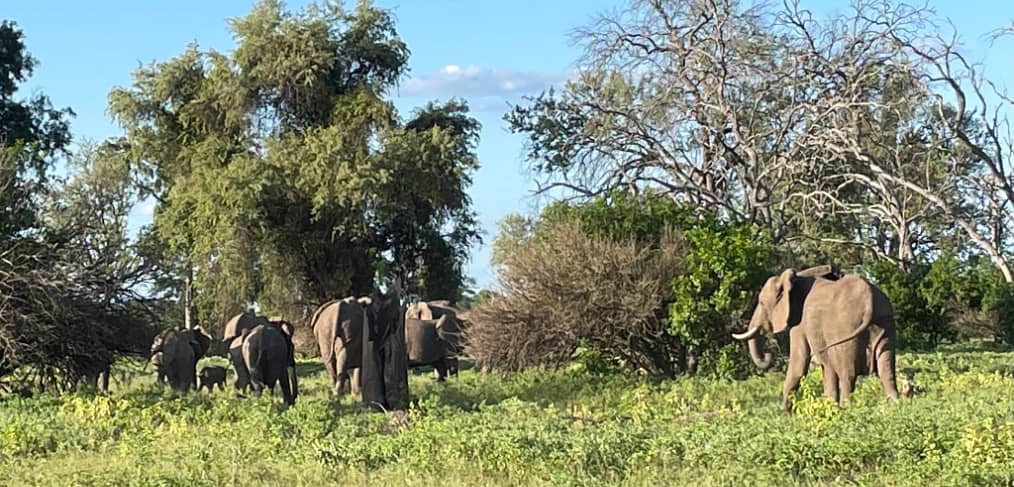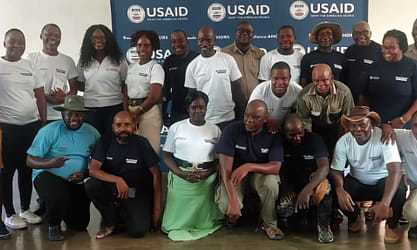
The cost of living with deadly wildlife
The Cost of Living with Wildlife
As narrated by Mr. Liberty Chauka – Zimbabwe
One day as we were walking in the forest, a raucous high-pitched sound of hadida ibises disturbed the feeding pride of lions as we were approaching close by. This was followed by the grumbling of lions that were feeding on our cattle. Fortunately, we were a group of young boys and two men, and we managed to chase them and recovered the livestock carcass.
This was not an isolated incident in my childhood. The other day, we woke up early in the morning and headed for the forest. We had lost our livestock the previous night. So, we had to track their footprints before there were erased by the wind. As we were walking, we were suddenly overwhelmed by a strong smell of flesh. We wondered what it could be and began investigating. We proceeded in the Southern direction towards Gonarezhou National Park, but in the community side. We stopped in our tracks when we were suddenly surrounded by a swarm of flies. “A dead elephant”, my brother exclaimed! The old creature was lying, with its tusks still intact. We tried to figure the cause of death, but we concluded that it was a natural death.
We quickly left the carcass and after walking about 500m we started hearing some livestock bells ringing. We followed the sound and found our lost livestock but three of our cattle were seriously injured by hyenas. Deep cuts and holes had been dug in their flesh. We drove back our cattle to our homestead, but we later realized that there was no chance of saving the injured cattle, so we proceeded to slaughter them and sell some of the meat to the neighboring villagers.
Fourteen years ago, my brothers and I had spent the day herding our cattle in a nearby forest and when we came back home, some tragic news was awaiting us. An elephant had killed my uncle. Narrating the whole story was my father. “Elephants came last night at your uncle’s field. One of the aggressive elephant bulls ran towards the direction of your uncle’s guarding makeshift hut. It destroyed his hut before targeting him. Suddenly, he got out of the hut whilst trying to escape danger. However, that was too late as your uncle was now on its horns before stamping him to death with its feet.”
This greatly affected many families as some lost their livestock whilst others lost their loved ones to wild animals. What seriously boggled the people of the community was that there was no compensation to human wildlife conflict. This inflicted psychological pain to the people of the community as they used to get benefits from sustainable utilisation. In 2008, I was inspired to join the Campfire Program as a secretary and later as a chairman in 2010 so that I will contribute to sustainable wildlife utilisation and conservation. The Campfire project employed many people from the community while others benefitted from take home cash dividends that they in turn bought goats to replace their livestock killed by predators. The community witnessed some developments in the area from schools, clinics, boreholes and other material benefits from the sustainable utilisation of natural resources. Finally, I learnt that it is through sustainable utilisation of our natural resources that communities will in turn conserve natural resources in their areas.
Please download PDF Version here


